On my last trip to Abu Dabbab, located 43 km away from Marsa Alam in the Egyptian Red Sea, I had a principal mission: taking pictures of grass-eating dugongs and large green turtles in their natural habitat.
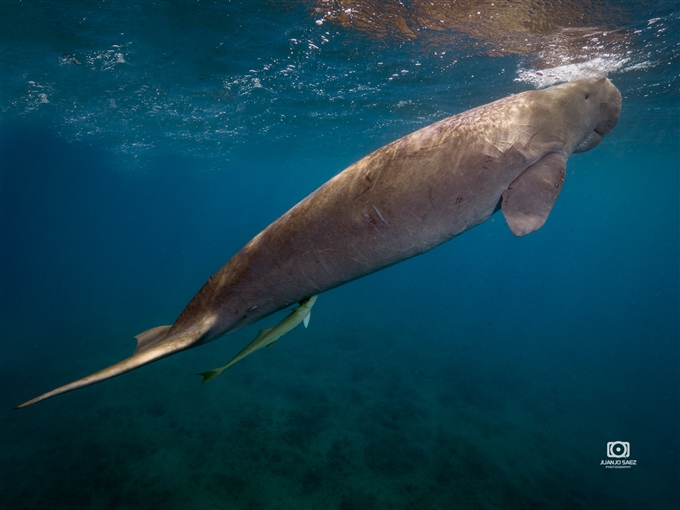
Juan José Saéz • OM-D E-M1 Mark II • M.ZUIKO DIGITAL ED 7-14mm 1:2.8 PRO
• PT-EP14 • PPO-E04 • 2 x UFL-3
Dugongs are also known as sea cows (sirenians). Dugong dugon is currently the smallest living sirenian. There are two families, the manatees (Trichechidae) and the dugongs (Dugongidae). The essential difference between them is the bilobed caudal fin of the dugong, which looks like a whale’s fin. This specially formed fin is the reason why dungongs are often associated with the sirens (mix of woman and fish) and mermaids spoken of in the Greek mythology who supposedly attracted seamen with their smooth voices. As dungongs don’t live in the Mediterranean Sea and therefore not in the Greek area, this connection is rather unlikely, but that’s another story.
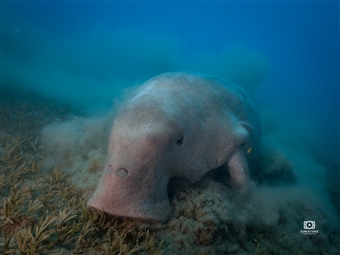
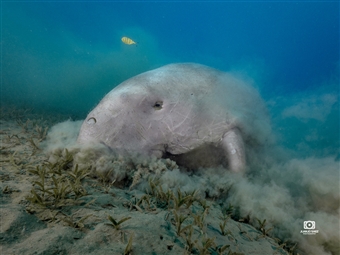
Juan José Saéz • OM-D E-M1 Mark II • M.ZUIKO DIGITAL ED 7-14mm 1:2.8 PRO
• PT-EP14 • PPO-E04 • 2 x UFL-3
Dugongs are not very good swimmers. They perform cycles including periods on the surface and periods in which they submerge. Usually, they submerge to eat and on the surface they rest or travel. Every 4 to 6 minutes they must rise to the surface to breathe.When they travel they swim very fast as they are propelled with their large caudal fin and when they rest, they swim slowly and close their eyes.
The green turtle (Chelonia mydas) has a similar behavior, including alternating periods of underwater feeding in which the sea grass is voraciously pulled and periods on the surface for breathing. The turtle is even able to spend a whole day in the sand of a beach in full sun.

Juan José Saéz • OM-D E-M1 Mark II • M.ZUIKO DIGITAL ED 7-14mm 1:2.8 PRO
• PT-EP14 • PPO-E04 • 2 x UFL-3
These peaceful and quiet animals were supposed to let me get close enough and I wanted to test the M. ZUIKO DIGITAL 7-14mm 1:2.8 PRO that, together with the OM-D E-M1 Mark II and the PT-EP14 underwater case (one of the best currently available underwater photography equipment).
Due to the size of the camera sensor, the actual focal length of this lens, when compared to a 35mm sensorecomes a 14-28mm which allows you to approach the subject with nearly impossible planes. This way, you might get an animal of almost 3 meters inside the frame and, best of all, with an almost negligible deformationWater is a natural filter and when a wide-angle lens is used underwater, we eliminate distance which is equivalent to removing a lot of water between the subject and the casing. So, we optimize the light of our lighting equipment and we also eliminate possible particles in suspension. The focus sharpness can be improved, but we will need powerful external flashes to illuminate the bigger field of vision of the lens. In this case, two units of Olympus UFL-3 were used with the diffusers mounted.
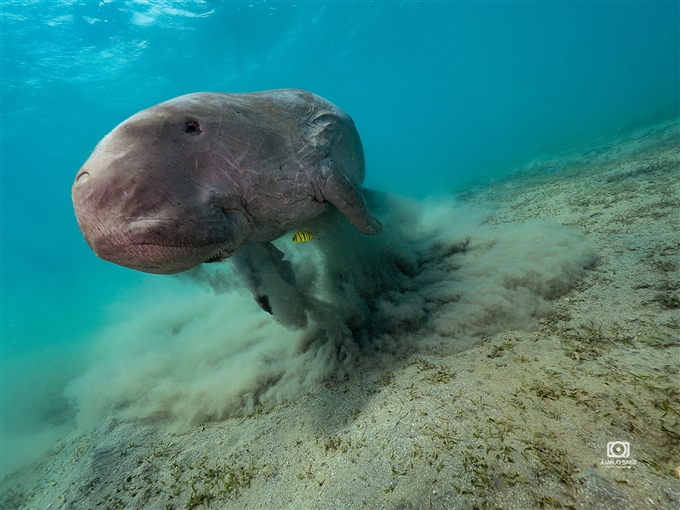
Juan José Saéz • OM-D E-M1 Mark II • M.ZUIKO DIGITAL ED 7-14mm 1:2.8 PRO
• PT-EP14 • PPO-E04 • 2 x UFL-3
However, we have to remember that when you work underwater, the photography equipment is inside an underwater housing that it is also mounted on a spherical front. It is the frontal part from where the lens actually "sees". Depending on the diameter of this dome, when very open diaphragms are used, the large angles tend to generate optical effects giving the impression that the corners of the photo are out of focus. The 7-14mm lens behaves perfectly with open, intermediate and closed diaphragms, as long as the appropriate dome is used.
It is bright, very fast in focus and due to its construction features the focus area and the depth of field are so wide that, underwater, it facilitates the work and the shooting speed when the subject suddenly moves and we do not have the time to look for the exact point of focus. However, I always work with the dissociated focus of the shutter button which allows me to shoot without having to refocus even though the scene occurs very quickly.
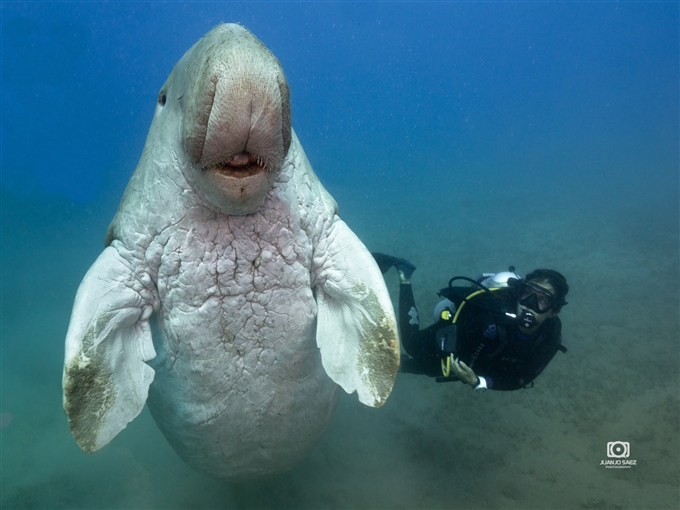
Juan José Saéz • OM-D E-M1 Mark II • M.ZUIKO DIGITAL ED 7-14mm 1:2.8 PRO
• PT-EP14 • PPO-E04 • 2 x UFL-3
In short, it is the lens that every Olympus underwater photographer should have. In addition, also on land, the lens fulfills many photographic needs, e.g. in long exposure photography, landscapes, etc.
My sincere thanks to Professor Ahmed M. Shawky, director of a team of scientists dedicated to the study and conservation of dugong in the Red Sea (Egypt) and to the Blue Ocean Diving Center (Abu Dabbab) team, because without them it would not have been possible to get so close to these curious and special mammals. Another thank you to Olympus and Aqualung for their unconditional support.
Comments
Great article !!! Congratulations.
Show more comments (1)